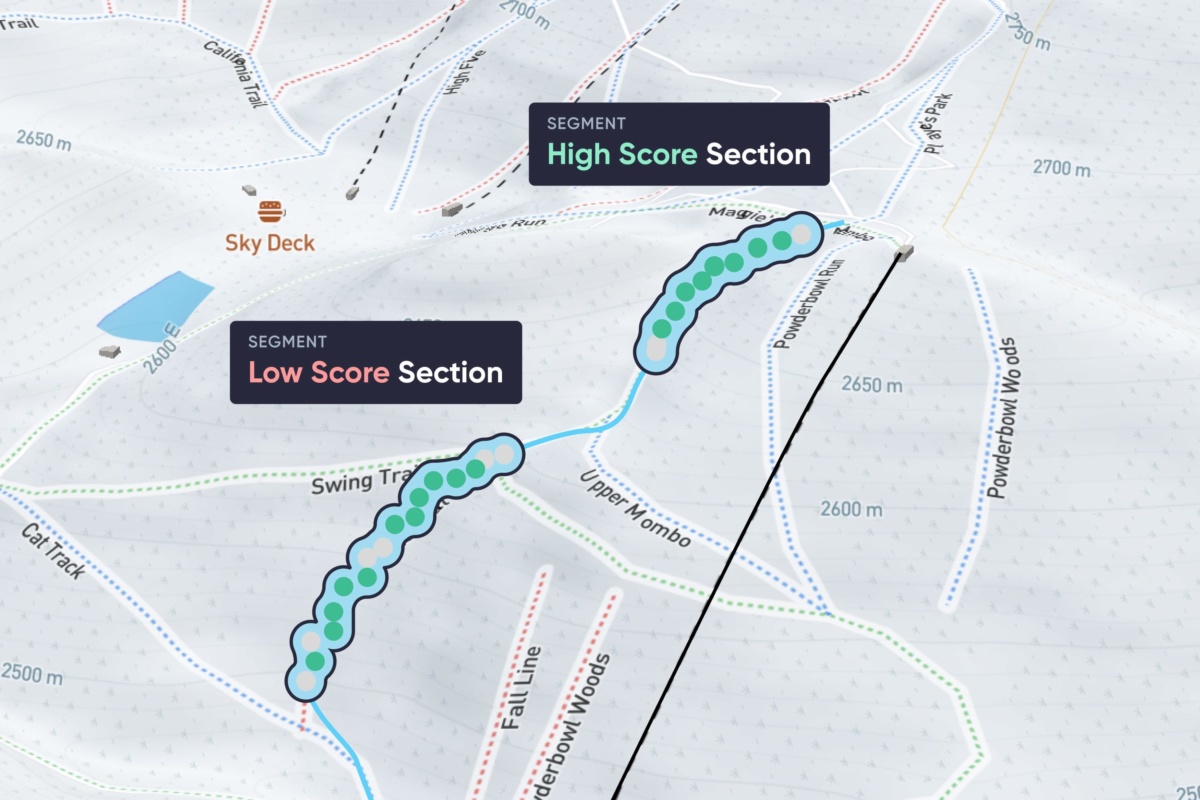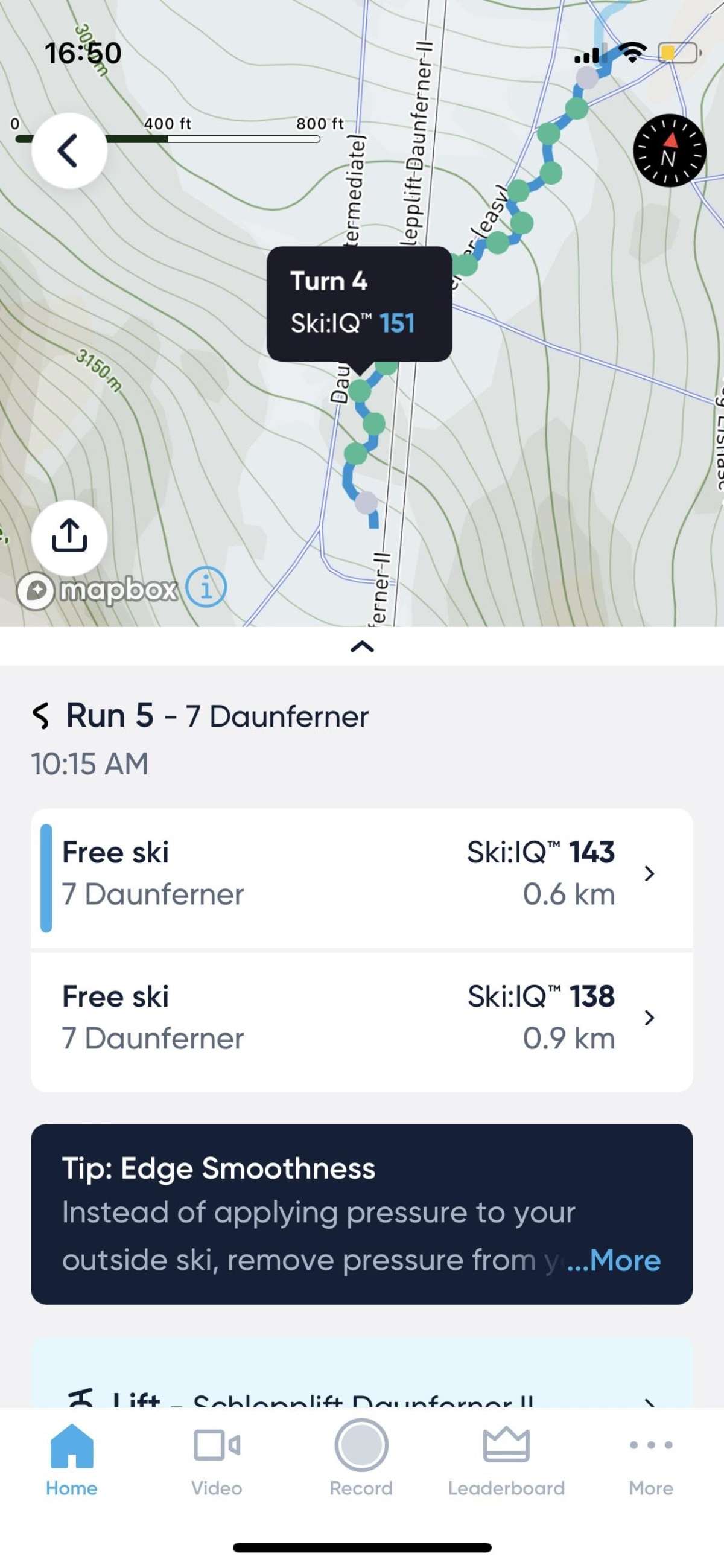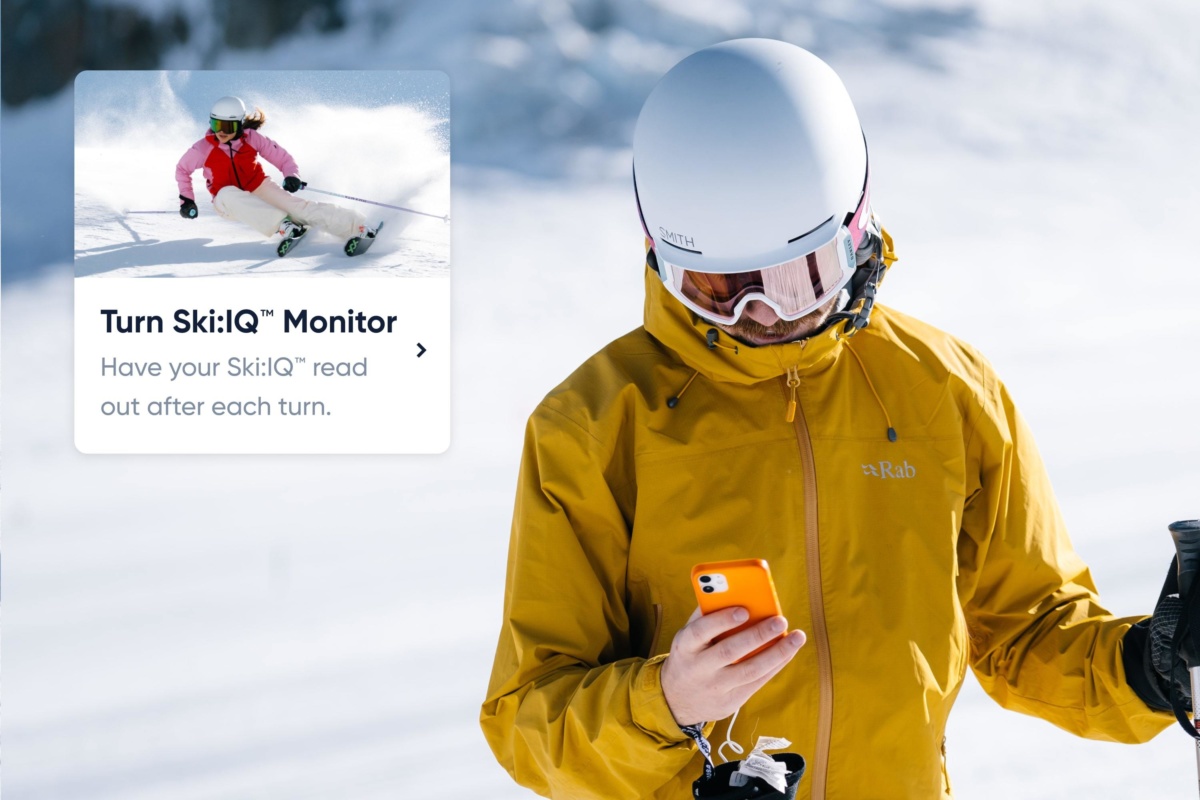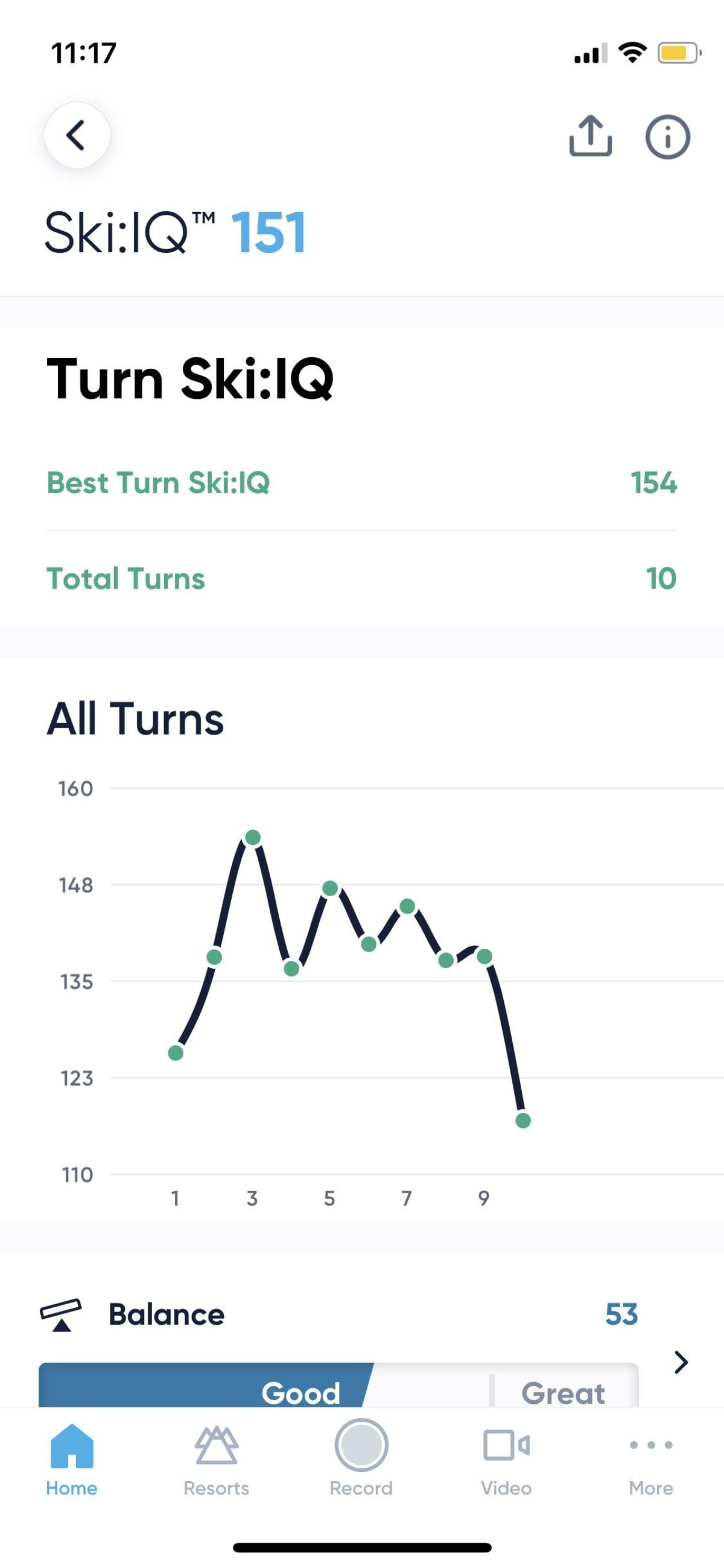How I hacked my way to Grim Ripper

Votes:
Anyone who has used Carv knows how exciting it is when you get a new highest Ski:IQ.
When I joined Carv my Ski:IQ was 112 and I spent the season working on it, levelling up several times and finishing the season with a best Ski:IQ of 147.
The way Ski:IQ is designed, the higher you go, the harder it is to climb by even 1 point - but you can imagine I was desperate to get that Grim Ripper title.
Enter: Ski:IQ hacking. Like any algorithm, Ski:IQ can be hacked… if you know the right things to look for.
As a Product Manager here at Carv I have the inside scoop on the system, and get to test out new features before they hit the main app. This has allowed me to learn a few secrets which I used to hack my way to a 151 Ski:IQ to join the Grim Ripper Club.
Want to know how I did it? Lucky for you, I’m willing to share my secrets.

Step 1: Segments + Map = Finding Your Perfect Pitch
Now, it’s important to note that I’m well aware that there is a difference between a great Ski:IQ on a perfect piste vs. being an excellent all mountain skier. I use Carv every time I ski on every type of terrain so I can see what I need to work on when terrain gets tough.
That being said, there’s no denying that you can get your best scores on slopes that are more forgiving - and who doesn’t love getting new high scores?
So, what’s the perfect slope, and how do you find it?

First things first, spend the first part of your day in Free Ski mode to gather segment scores throughout your resort. From this data, you can look through the map and see which runs and segments gave you your highest Ski:IQ scores - going as far as finding the perfect spot on the pitch through the Segmentation tool.
Before using Segmentation and the map to analyze my data, I had been going to a nice easy blue run to try to top my best Ski:IQ. Turns out, I needed a steeper pitch to build up speed to lay into my turns and get higher edge angles - but easy enough that I felt comfortable to ski more aggressively.
We landed on a moderate blue with a wide piste and minimal obstacles and people.

Step 2: Turn Ski:IQ Monitor
Now that you’ve found the perfect pitch, it’s time to turn on the Turn Ski:IQ Monitor. This monitor reads out your Ski:IQ after each turn, allowing you to do two things:
Experiment with your technique to learn what you need to replicate to get the highest score possible
Hear when you’ve been nailing it for a section - this is the key bit
You need to get at least 6 turns to create a valid segment and you need at least 10 turns to get on the leaderboard. I wanted to see myself on the leaderboard as a Grim Ripper so I knew I had to get at least 10 great turns.

Start by making sure your legs are warmed up and ready to go. Then start to lap the run, but make sure to stop before you start the ‘perfect section’ - this will create a new segment, only taking into account the turns you make from that point on.
Once you’re feeling ready, use Carv’s Turn Ski:IQ monitor to lay down 10 of the best turns that you possibly can. Don’t feel the need to stop immediately after you hit 10 - if you’re still getting high scores, keep going until you don’t think you can hold it any longer.
When you stop, you’ll hear your overall Ski:IQ for that segment of skiing. If you’ve got everything right with your speed, technique and terrain you should start to hear those high scores come rolling in.

Step 3: Video Coach
If you’re struggling with improvement just using Turn Ski:IQ Monitor, try getting a friend to record a Video Coach session. See if they can capture some of your highest-scoring turns to help give a visual diagnosis of what you can change in your skiing.
I knew I could get into the 150’s because I had seen turns on my map where I got above 150. But for me, it was getting those turns on video that was a real breakthrough moment, as it allowed me to see what I was doing differently when I got those high scores.
I could see that in my highest scoring turns I had more hip angulation in the second half of the turn and my tracks were clean - showing I was carving into each turn, on my edges, building the pressure and managing the forces with good angulation. Then I just had to try to replicate that using the Turn Ski:IQ monitor.
The great thing about using Video Coach in combination with Turn Ski:IQ monitor is you can see what you need to improve and then try different things and get feedback in real-time to see you’re going in the right direction.

Step 4: Combine and Repeat
Continue to repeat these steps for as long or as little as you want - and remember, have fun with it! Improving your skiing takes time, so don’t get discouraged if you can’t crack it right away.
So there you have it, my recipe for hacking your way to a new high-score Ski:IQ. Try it out and let me know how much higher you can push yours!
Who knows, maybe next I’ll see if I can hack my way into the 160’s and beat Ted Ligety?